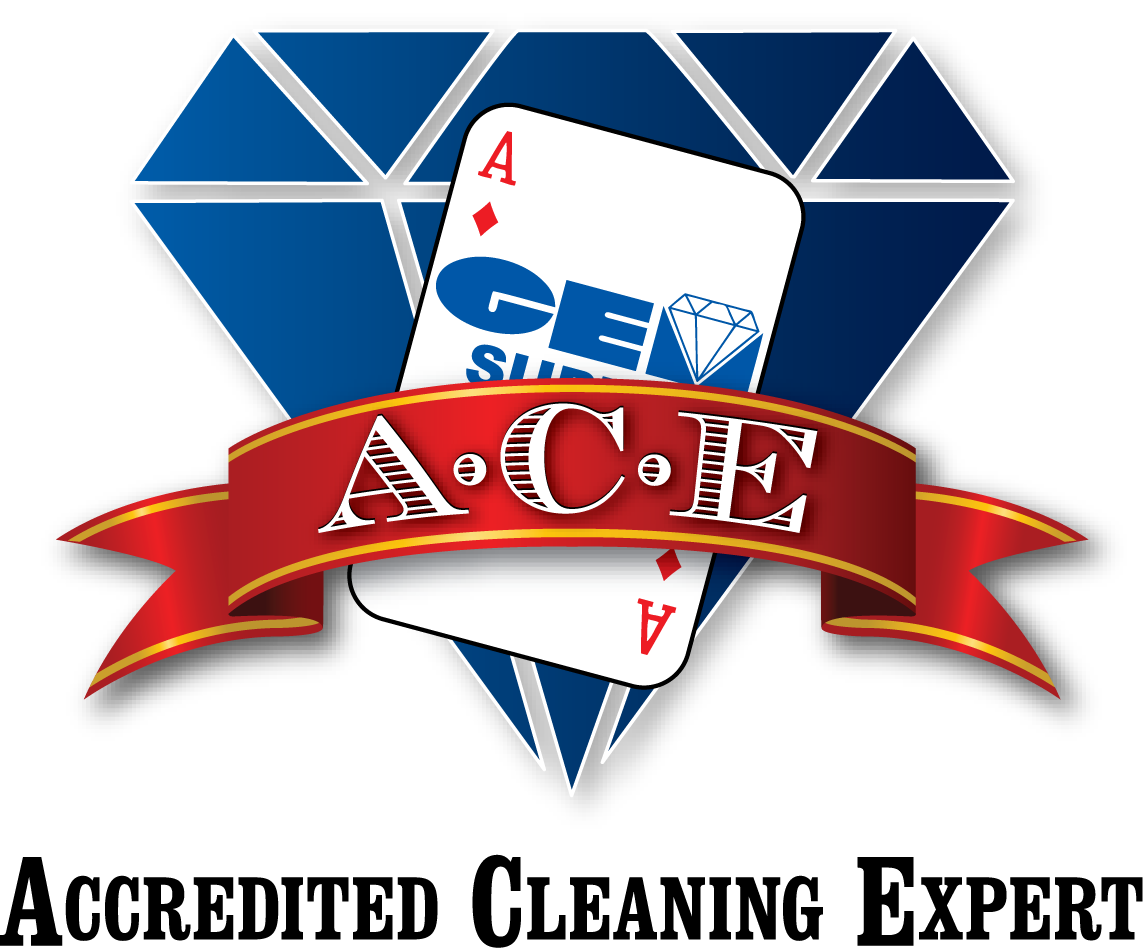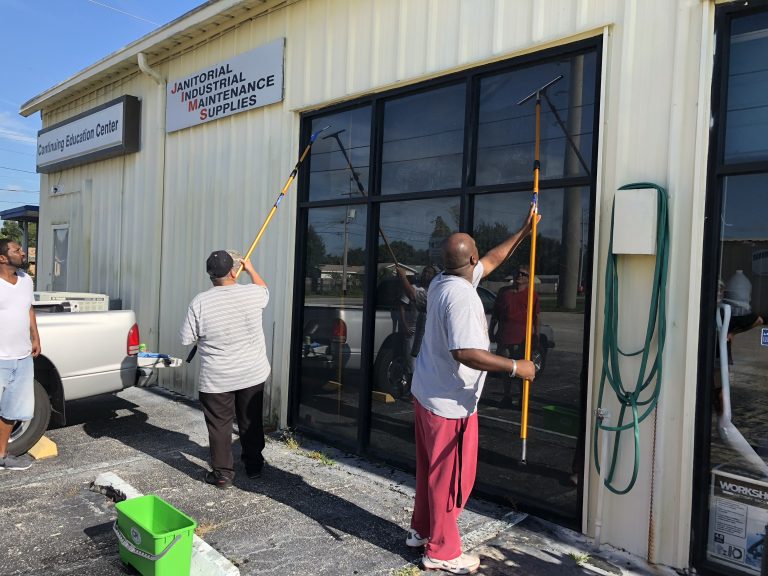Green Guides Updated by Federal Trade Commission (FTC)
Green Guides Updated by FTC
By Dan Weltin, Editor-in-Chief of Sanitary Maintenance and Contracting Profits magazines, sister publications to Housekeeping Solutions
The terms “green” and “environmentally friendly” are common vernacular in the cleaning industry; unfortunately they are often loosely applied and lead to greenwashing. The latest revisions of the Federal Trade Commission’s (FTC) Green Guides should put an end to misleading environmental marketing claims.
“The introduction of environmentally friendly products into the marketplace is a win for consumers who want to purchase greener products and producers who want to sell them,” says FTC Chairman Jon Leibowitz, in a press release. “But this win-win can only occur if marketers’ claims are truthful and substantiated.”
First introduced in 1992 to help marketers avoid making misleading claims, the Green Guides were revised in 1996 and again in 1998. However, a lot has changed in the last 14 years and the new rules, released in 2012, include new guidelines for environmental claims that were not common in 1998.
Product manufacturers are updating their marketing materials to comply with the new guidelines. Distributors, too, will soon follow suit, making sure their catalogs, brochures and even sales pitches are up-to-date — or face stiff penalties. It is important that custodial managers familiarize themselves with these changes in preparation for future purchases.
Defining Green Claims
The purpose of the Green Guides is to eliminate greenwashing. The best way to do that is by making product claims as precise as possible. The most notable change to the 2012 Green Guides is that marketers are discouraged from using broad terms such as “green” or “environmentally friendly.” The FTC wants manufacturers and marketers to qualify such vague statements with specific environmental attributes. This will help purchasers easily identify those products that have a minimal impact on the environment.
“A term like ‘environmentally friendly’ is inherently deceptive and misleading,” says Arthur Weissman, CEO of Green Seal, Washington, D.C. “The FTC appreciates that all products have some environmental impact. Products can’t be all positive.”
The FTC wants marketers to clearly explain why a product would be considered a better alternative for the environment than other products currently on the market. The Green Guides outline acceptable criteria for a number of environmental claims (see sidebar on page 16).
For example, if products are promoted as “free-of” a harmful ingredient, there can’t also be an ingredient in the product that is of equal harm. In addition, a free-of claim can’t be made for an ingredient that has never been associated with the product.
In accordance to the new Green Guides, these substantiated claims need to be prominently displayed on product labels and marketing materials.
Broad terms like “green” and “eco-friendly” are so common in the cleaning industry that it will take time to get used to avoiding such vague descriptors. But ultimately, custodial managers will benefit because they will know the exact environmental benefits of a product.
“This is an opportunity for the cleaning industry to be more specific and really communicate what the environmental benefit of the product, service or operation is,” says Dr. Angela Griffiths, director of research and service delivery at UL Environment, Marietta, Ga.
While the Green Guides ask for specificity with environmental claims, it does not define “sustainability.” The FTC lacked guidance or accurate use of the term, according to a press release.
DAN WELTIN is the editor-in-chief of Sanitary Maintenance and Contracting Profits magazines, sister publications to Housekeeping Solutions.
![]()


